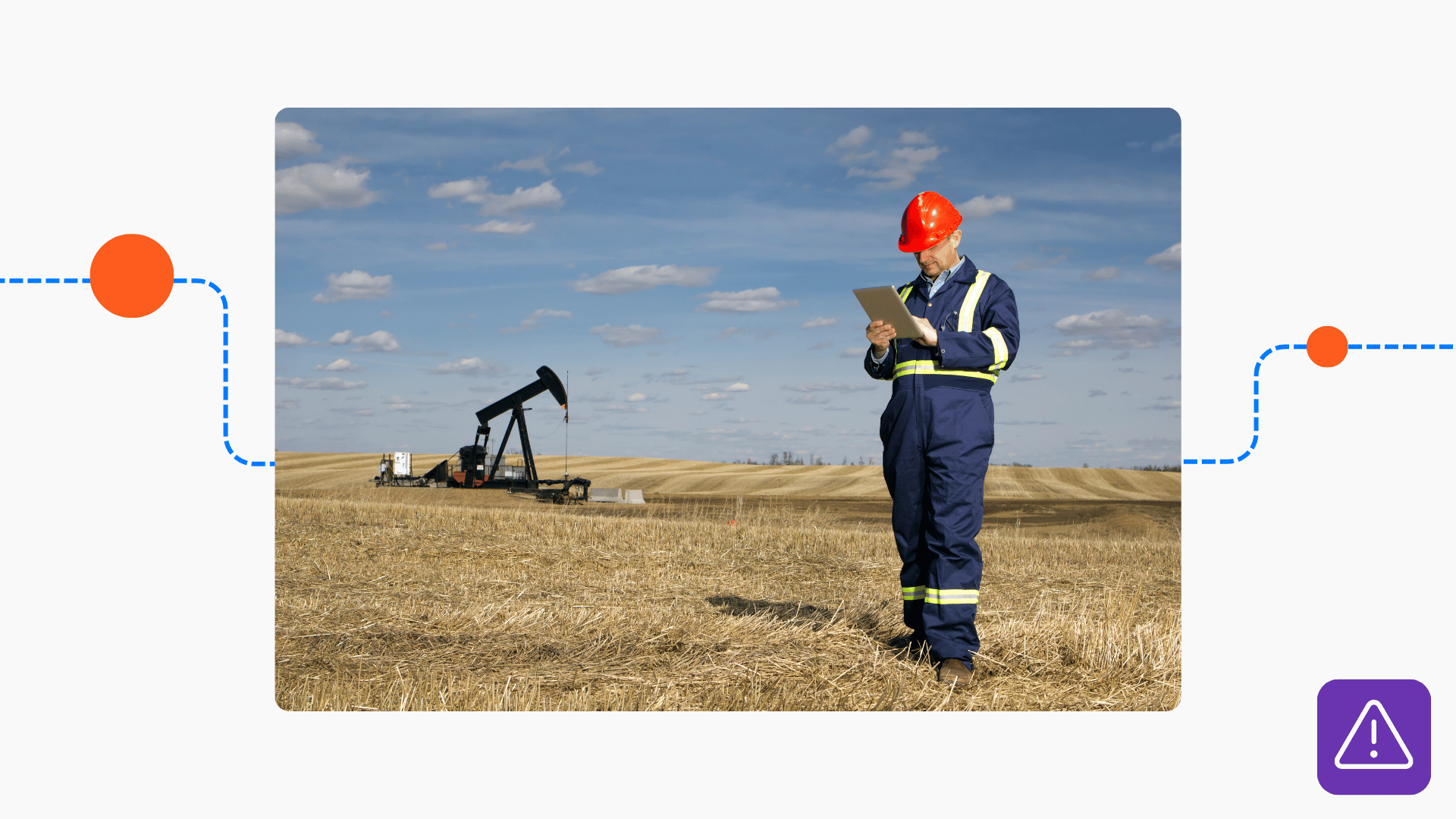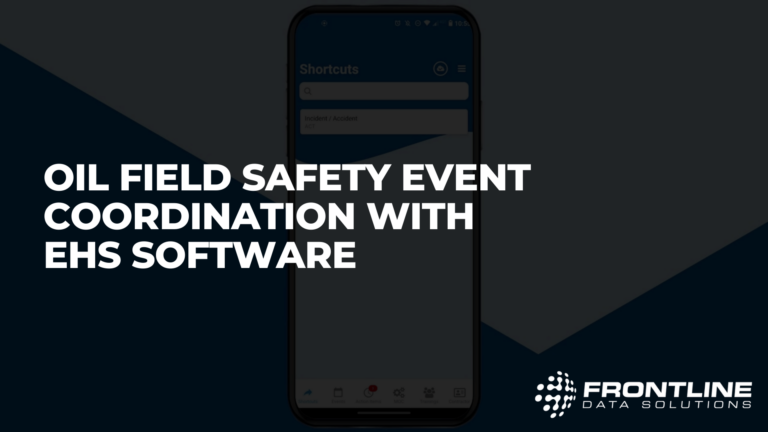Doing a field level hazard assessment is a great way to improve your safety standards, regardless of where your team is working. This proactive approach allows you to better control safety risks at the ground level while also finding new ways to improve your processes and procedures.
What is a field level hazard assessment?
A field level hazard assessment (FLHA) is a document that lists and describes the safety hazards present at a worksite. The purpose of an FLHA is to find, reduce, and eliminate safety risks in the field before you start work.
That’s why conducting these assessments is considered a preventative strategy. With the right process in place, you can use your FLHAs for hazard control and continuous improvement at the same time. This all comes down to how well you document your assessments and whether you follow up on your corrective actions.
Frontline ACT for field safety events
Watch this short video to see how to coordinate field safety events with our mobile app.
Tips for doing an field level hazard assessment (FLHA)
These are my best tips for doing a field level hazard assessment and getting the most out of it. Remember, your results are only good as your inputs. Take the time to plan your assessments, and you’ll get more from them.
Involve your workers
Involving your frontline workers will help you gain more insights from your FLHAs. Ask your team what they’re seeing in the field. Are there any issues they’re concerned about or nuisances they have to deal with every day?
Oftentimes, you’ll find that workers have more insight than you (or even a team of people) can find by doing a site walkthrough. In my opinion, it’s best to go straight to the source.
This, coupled with your own observations, should give you a good list of hazards to address. Plus, it will make workers feel valued and encourage them to speak up when they see hazards during their shifts.
Break it down
Try not to look at the entire worksite at once while doing a field level hazard assessment. Instead, focus on each area individually to get the best results. If your lens is too big, then it’ll be harder to see past the most obvious hazards.
You might consider documenting the hazards you find according to the area they’re in. That way, for future assessments, you can go back to each spot and decide whether your control measures are effective enough.
Standardize the field level hazard assessment process
I’d also recommend having a standard set of steps for your team to follow. That way, regardless of who’s doing the assessment, you’ll collect the same data every time. This consistency is key if you want to be able to compare results between two different assessments and identify patterns.
A good way to standardize the process is to create templates or checklists that your team can use. These checklists should be specific to each field environment. After all, you wouldn’t expect the same hazards at an excavation site as you would on an oil rig. Having a standard approach will help your team complete their assessments more efficiently and effectively.
Establish risk levels
Before you do an FLHA, you need to establish a system for categorizing risks. And that’s because you always want to address the most dangerous hazards first—especially if you have limited resources.
Here are some questions you can use to categorize the hazards:
- Does the hazard affect multiple areas or just one?
- How likely is the hazard to cause an injury or major incident?
- How easy is the hazard to control or avoid?
- Is the hazard obvious or is it difficult to see?
If you have this criteria ready before your review, it will be easier to decide which improvements to make first.
The importance of field level hazard assessment documentation
Despite being a major part of regulatory compliance, documentation is still one of the weaknesses that many EHS professionals have. Whether you use EHS software or do it manually, recording the findings of your field hazard assessments allows you to learn from past strategies.
Your FLHA documents should include:
- Hazards you found
- Control measures you put in place
- Hazard sources and/or root causes
Recording these details will make it easier for you to implement long-lasting control measures. And it will also come in handy if you have any safety incidents in the field and want more information for your investigation.
Overall, doing a field level hazard assessment before your team starts work will have a net positive impact on productivity and safety. As long as you’re dedicated to implementing corrective actions and following up on them, you shouldn’t have any problem controlling hazards in the field.




